
Rust vs C++: Successor or Pretender? Honest Opinion of our CTO
As systems grow more complex and reliability becomes mission-critical, developers face an old but still unsolved dilemma: should you build […]
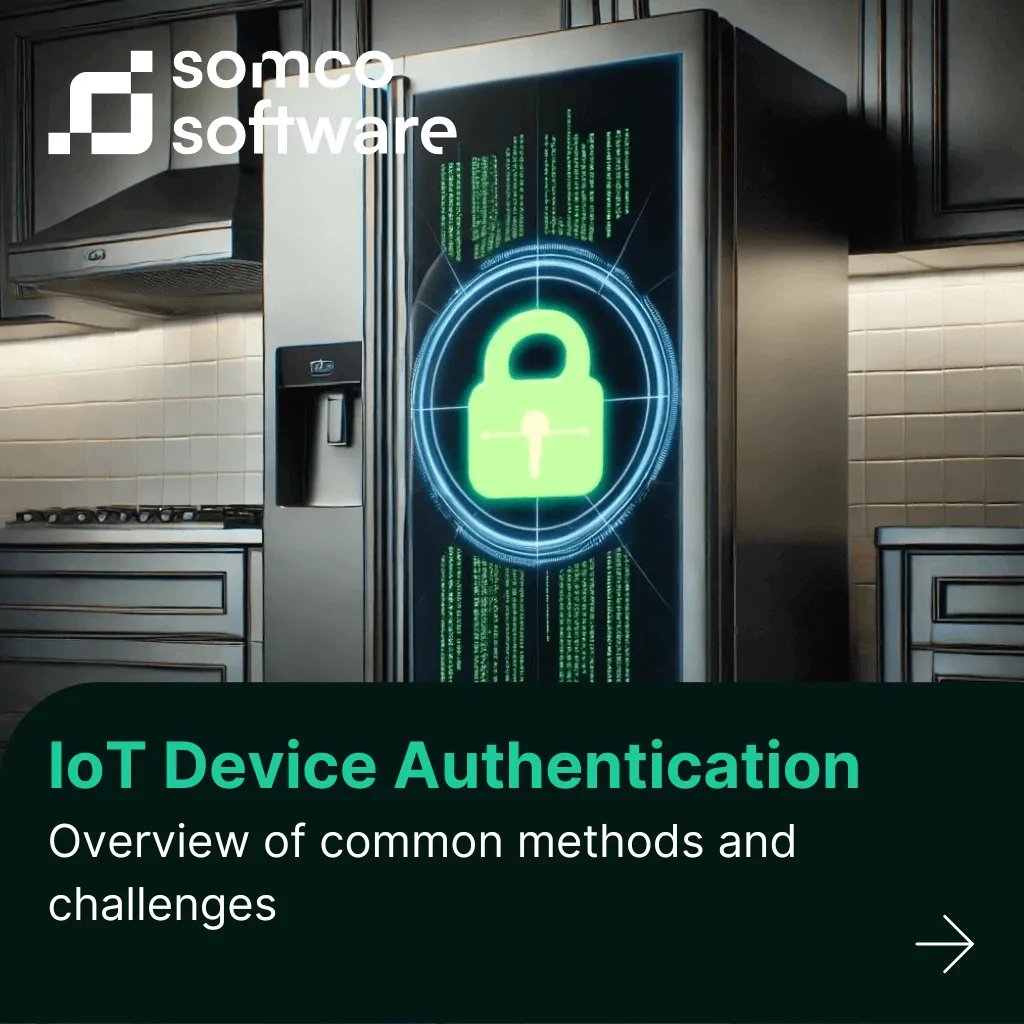
As the Internet of Things (IoT) becomes ubiquitous, billions of connected IoT devices are now linked to the networks – from smart thermostats and factory sensors to insulin pumps and vehicle ECUs. But with this connectivity comes risk: how do you know if the device you’re talking to is genuine, not a malicious clone or a compromised node? That’s where IoT device authentication comes in.
In this article, we’ll explore:
Need help building secure, standards-compliant IoT solutions from the ground up? Let’s talk about how we can support your team in IoT software development.
Device authentication is the process of verifying that a connected device is exactly what it claims to be — before allowing it to communicate, send data, or receive instructions in an IoT authentication model. Just as humans log in with usernames and passwords (or biometrics), devices need a way to “prove their identity” to networks and other devices.
In simple terms, authentication answers the question: “Is this device legitimate?” Without strong authentication, attackers could easily impersonate devices, intercept data, issue malicious commands, or introduce rogue hardware into your environment.
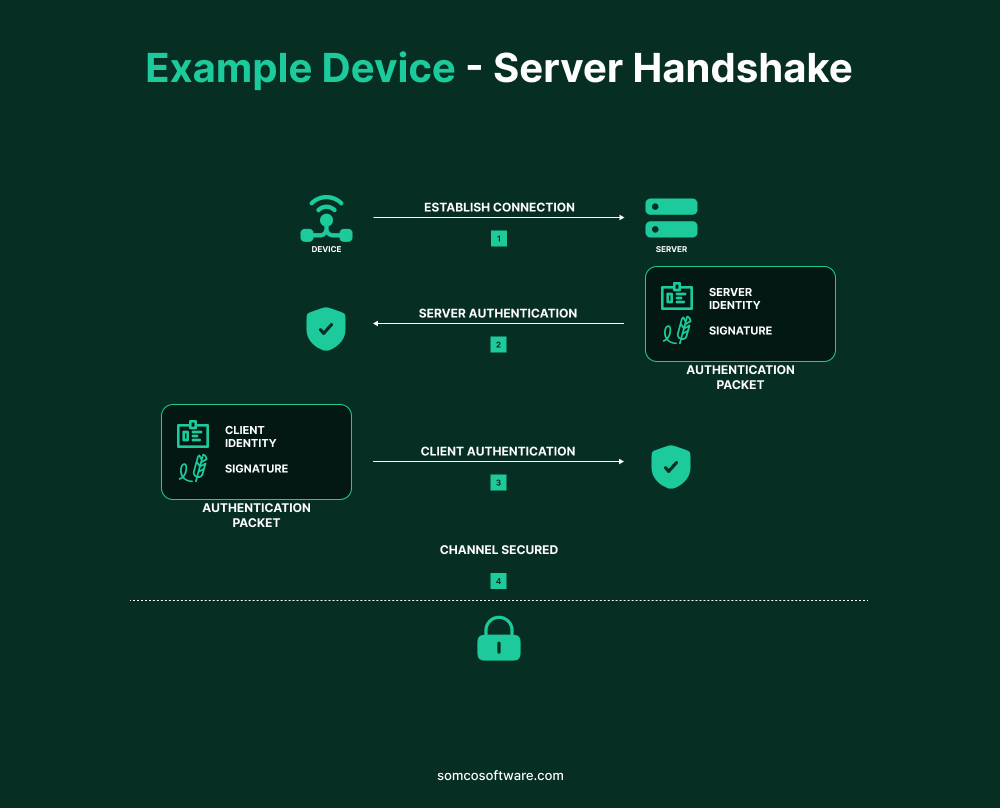
There are several ways to authenticate devices, depending on the use case, computing resources, and security requirements:
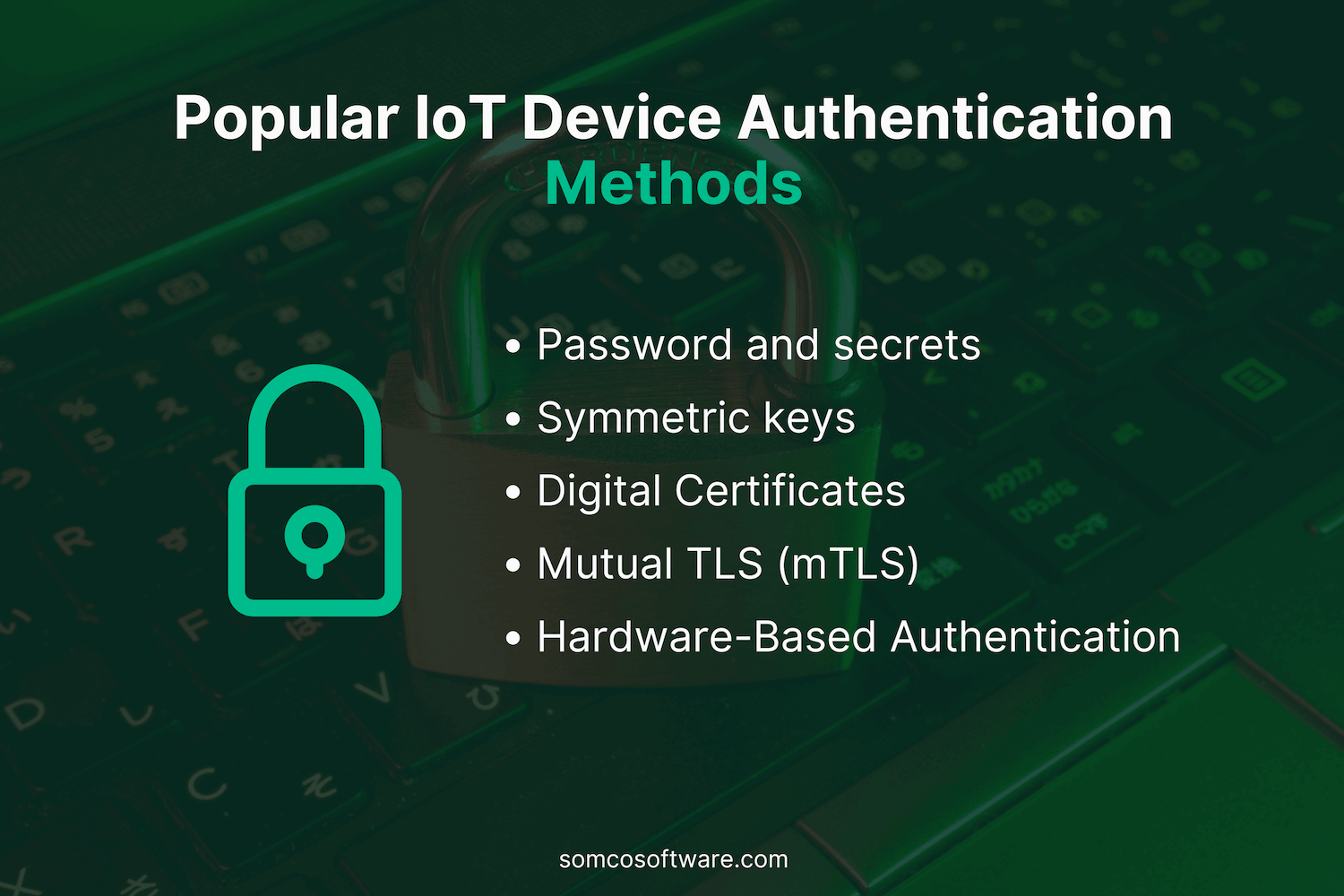
In high-stakes industries — like healthcare, automotive, and smart manufacturing — relying on default passwords or unauthenticated connections is no longer acceptable. The rest of this article explores why robust authentication is essential in these sectors, how it works, and what technology leaders can do to enforce it securely and at scale.
In any IoT ecosystem, device authentication means establishing a device’s identity definitively before allowing it to interact with other systems. Unlike traditional IT, IoT devices often operate unattended and without human intervention, so automated trust decisions become crucial. Robust authentication ensures that:
These assurances are especially vital in critical sectors, where every instance of device identification and the ability to authenticate IoT devices is part of maintaining trust in the IoT system.
For example, weak IoT security has already led to real-world incidents – from hacked baby monitors and vulnerable smart thermostats to high-profile vehicle hacks. No organization wants to discover that an attacker can pose as one of their medical monitors or factory sensors. Strong device authentication is the front-line defense against such scenarios, creating a chain of trust that underpins all other IoT security controls.
In healthcare, IoT-enabled medical devices (sometimes dubbed the Internet of Medical Things) connect critical equipment like infusion pumps, pacemakers, patients vital parameters monitors, and imaging systems to networks and cloud services. The benefits are significant – continuous patient monitoring, remote therapy adjustments, and timely data for clinicians – but so are the risks if these devices aren’t secure. Any device that connects to a network can become a gateway for cyberattacks, especially without strict access controls or a robust role based access control framework. Medical IoT devices often have long lifespans and may run outdated software, making them prime targets.
Authentication weaknesses are a top concern in healthcare IoT environments. In practice, many hospital and clinical IoT devices have shipped with default passwords or hardcoded credentials, which staff sometimes never changes. This makes it trivially easy for an attacker to look up a default login and gain unauthorized access. Once inside, an intruder could potentially intercept or alter sensitive patient data or even manipulate device behavior. Thus, unique device identities and strong authentication protocols are paramount in medical IoT. Every device should prove its identity (e.g. via certificates or cryptographic keys) before sending data or accepting commands.
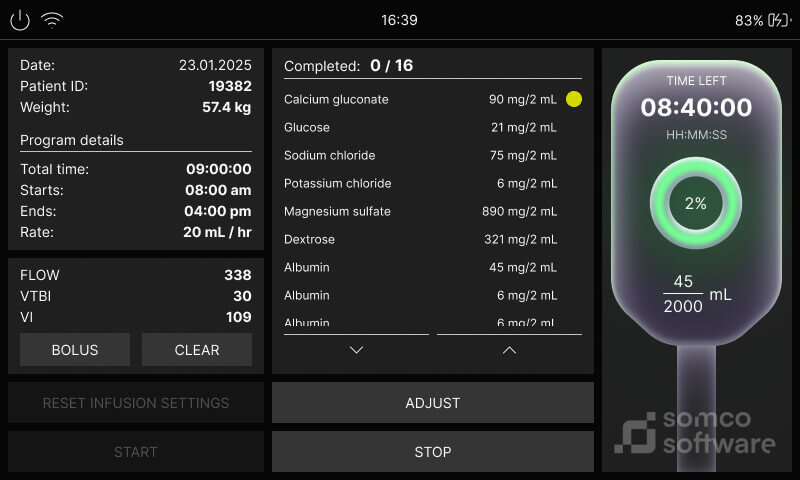
Regulators and industry bodies are now enforcing higher standards for medical device cybersecurity. In the U.S., the FDA gained authority in late 2022 to require that any new network-connected medical device coming for approval includes a cybersecurity plan. Manufacturers must design devices to be “cybersecure,” which includes capabilities like access control and identity management, and provide a way to deliver security updates. The push for compliance underscores that authentication is not optional – it’s a baseline requirement.
Modern vehicles are computers on wheels, containing dozens of microcontrollers and IoT components that manage everything from engine timing to braking, navigation, and entertainment. Connectivity in automobiles (telematics units, Wi-Fi, V2X radios, smartphone links, etc.) delivers convenience and feature upgrades, but also expands the attack surface dramatically.
In the automotive industry, a failure to authenticate devices or electronic control units (ECUs) can have immediate safety implications. A stark illustration came in 2015, when researchers Charlie Miller and Chris Valasek remotely hacked into a Jeep Cherokee. Exploiting a vulnerability in the vehicle’s infotainment system, they were able to send commands to critical systems over the internet – cutting the transmission and disabling the brakes while a Wired reporter was driving on the highway. This eye-opening demonstration of an unauthenticated, vulnerable channel led to a recall of 1.4 million vehicles to patch the flaw. It was a wake-up call that strong authentication and security by design are as vital as seatbelts in the age of connected cars.
Security by design now means equipping each ECU or sensor with a cryptographic identity from manufacturing, enabling mutual authentication between components and services. This prevents outsiders from impersonating modules or injecting malicious commands, for example, via CAN bus.
With PKI, per-device keys,a globally trusted root certificate, and secure boot, vehicles ensure that only trusted, verified sources can interact with critical systems.
Industry 4.0 refers to the fourth industrial revolution – the melding of IoT, automation, and data exchange in manufacturing. In a smart factory, everything from robotic arms and CNC machines to environmental sensors and augmented reality systems may be interconnected. The benefits include optimized production, predictive maintenance, and new efficiencies.
However, these industrial IoT (IIoT) devices often interface with physical processes – meaning a cyber attack could cause tangible damage or costly downtime. Strong device authentication in industrial networks is therefore a cornerstone of what’s often called operational technology (OT) security.
In practice, implementing authentication in Industry 4.0 means giving each machine, sensor, and gateway a secure digital identity. Industrial standards and frameworks now reflect this priority. For example, IEC 62443 (industrial control system security) and guidance from the Industry IoT Consortium emphasize device identity and authentication as fundamental requirements.
The trust architecture for industrial IoT often leverages PKI and enterprise-grade identity management. Companies deploy their own certificate authorities or use industrial certificate services to issue device certificates at scale. The root of trust for these certificates (the private keys of the CA) is usually locked down in hardware HSMs or protected with a security token, because if an attacker were to compromise the root key, they could issue fraudulent device credentials and gain access to sensitive encryption keys.
Additionally, modern industrial systems employ secure boot and firmware signing – ensuring that devices only run code signed by the trusted authority, which complements run-time authentication by preventing firmware tampering.
A lot of connected devices use TPM encryption modules to keep secrets used in the firmware.
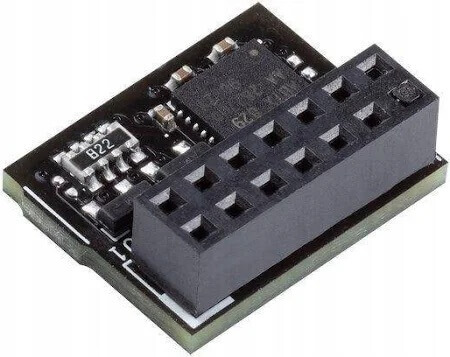
Implementing strong authentication for IoT devices isn’t without challenges. Technology managers and CTOs must navigate a combination of technical and operational hurdles:

To secure IoT devices organizations should implement a multifaceted strategy focused on strong credentials, mutual verification, and secure management. Here are some key best practices:
IoT device authentication is the first and most critical layer of defense in a connected world. Without it, even advanced encryption or intrusion detection systems cannot guarantee security, because the very identity of devices remains unverified. By combining proven cryptographic methods, secure hardware, and adherence to industry standards, organizations can build a resilient trust framework for their IoT ecosystems. This not only protects data and operations but also safeguards human lives in sectors where reliability is non-negotiable.
Let's face it? It is a challenge to get top Qt QML developers on board. Help yourself and start the collaboration with Somco Software - real experts in Qt C++ framework.
Discover our capabilities
As systems grow more complex and reliability becomes mission-critical, developers face an old but still unsolved dilemma: should you build […]

In the projects we deliver at Somco for medical device manufacturers, the topic of SOUP almost always comes up. Whether […]

As applications get more complex and performance expectations rise, multithreading becomes essential. In my experience, Qt provides a powerful — […]